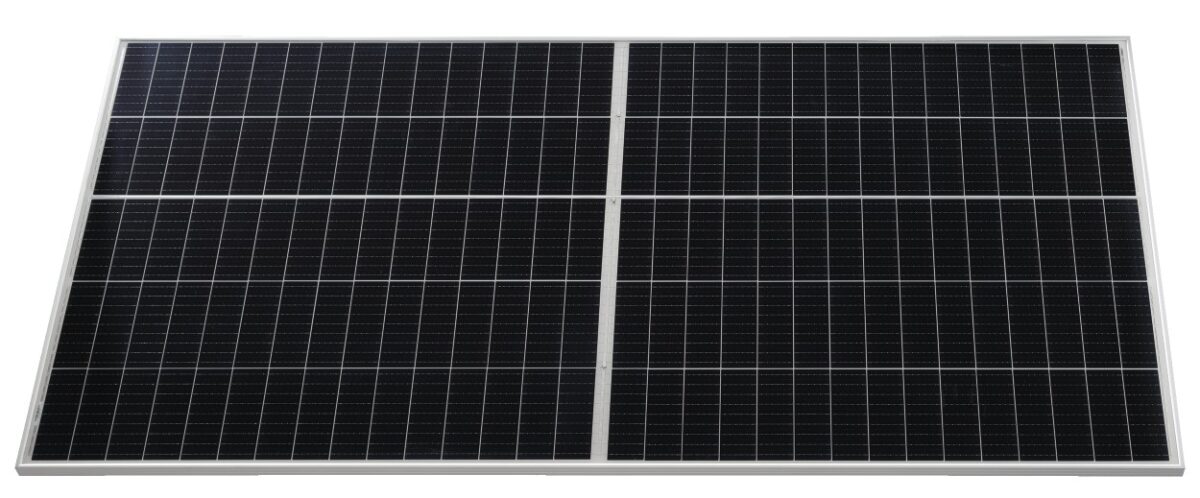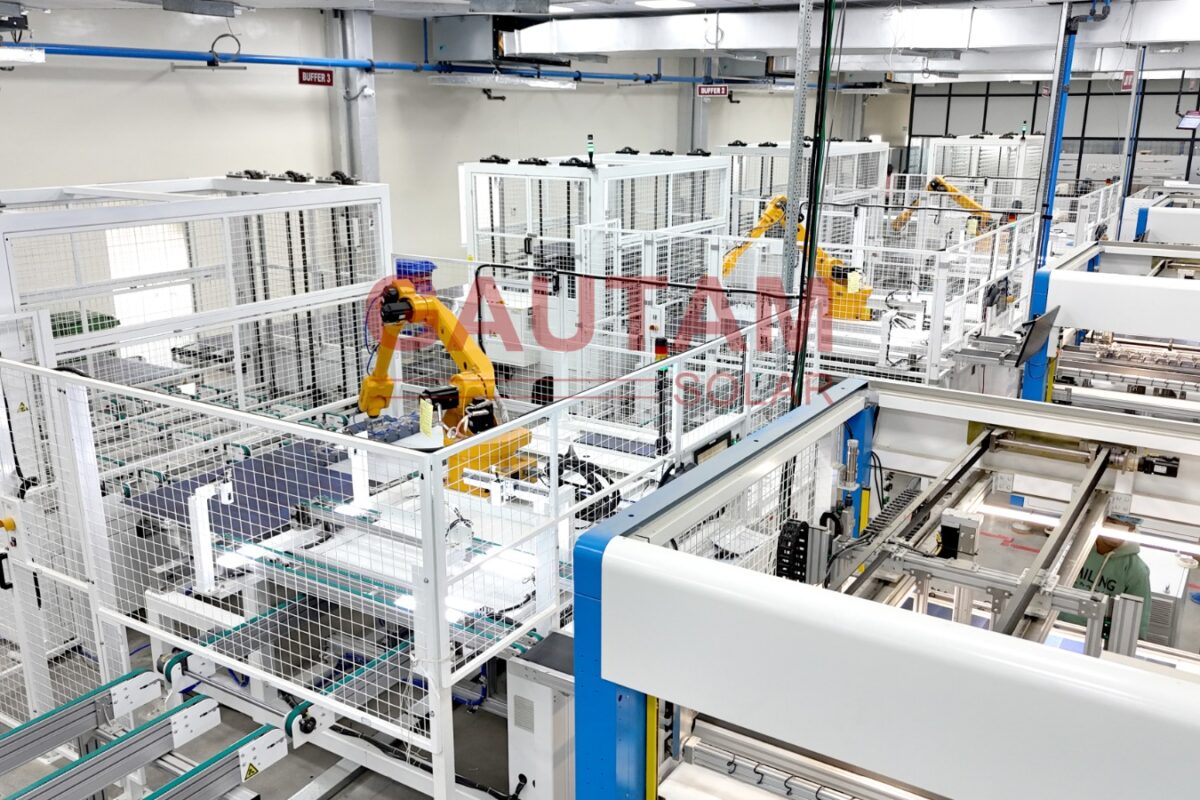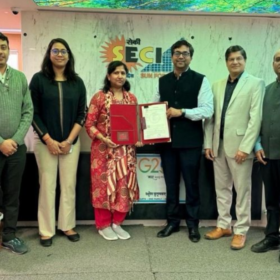Chinese solar module maker Risen Energy has revealed that its Hyper-ion Pro solar module, based on its proprietary n-type HJT technology, has reached an average power output of 740 W in mass production.
According to the Fujian Metrology Institute, the module’s cell efficiency stands at 26.61%, with encapsulation losses limited to 1.8%, resulting in a module efficiency of 24.81%.
The company attributed the performance to several in-house technologies, including a stress-free cell interconnection method, a zero-busbar design, and the use of ultra-thin silicon wafers.
Other key developments include a reduction in silver usage to 5 mg/W – about 37.5% lower than mainstream tunnel oxide passivated contact (TOPCon) modules – combined with screen printing to cut non-silicon costs. Encapsulation losses are reported at 1.8%, with breakage rates during production below 0.03%.
The company said outdoor performance testing conducted by SGS in Saudi Arabia showed the Hyper-ion Pro module achieved a power generation gain of 4.09% compared with TOPCon products, with an average gain of 6.04% recorded in August. The temperature coefficient is reported at -0.24%/C, and the module’s bifaciality at 90%. Based on these figures, the company estimates an annual power generation increase of 3 GWh for a 100 MW plant.
Risen also stated that the product’s lifecycle carbon footprint has been measured at 376.5 kg CO₂ equivalent per kW.
According to the company, the 740 W Hyper-ion Pro module is being deployed in utility-scale, distributed commercial, and high-temperature regional projects. In China, HJT-specific tenders for 2025 have exceeded 9 GW, with participation from state-owned developers including China Green Development Group (CGDG) and China National Nuclear Corp. (CNNC).
Yang Bochuan, director of Risen’s Global PV Research Institute, said the company is targeting cell efficiencies above 27% and single-junction crystalline silicon module power outputs above 790 W within three years. It also plans to accelerate the commercialization of tandem cell technology, aiming for mass production of modules exceeding 850 W by 2028.
As of June 2025, Risen reports 15 GW of HJT module production capacity and 6 GW of HJT cell capacity. A further 10 GW cell facility is under construction in China’s Anhui province and is scheduled for completion by the end of the year.








By submitting this form you agree to pv magazine using your data for the purposes of publishing your comment.
Your personal data will only be disclosed or otherwise transmitted to third parties for the purposes of spam filtering or if this is necessary for technical maintenance of the website. Any other transfer to third parties will not take place unless this is justified on the basis of applicable data protection regulations or if pv magazine is legally obliged to do so.
You may revoke this consent at any time with effect for the future, in which case your personal data will be deleted immediately. Otherwise, your data will be deleted if pv magazine has processed your request or the purpose of data storage is fulfilled.
Further information on data privacy can be found in our Data Protection Policy.